Friday 28th June to Tuesday 16th July 2019
This is the Cape York Peninsula at the very north of eastern Australia, some of it national park and Aboriginal land, with tropical rainforest, grasslands, savannahs, winding rivers and mangrove swamps. 4WD tourists travel here along the dirt tracks which crisscross the remote red wilderness.
The sail up the North Queensland coast is within the Great Barrier Reef and the further north you get from Cairns the more deserted it becomes. Once you pass the towns of Port Moresby and Cooktown there are few signs of habitation, just the occasional settlement along the coast or up one of the many river estuaries here. The coastline becomes flatter with numerous small islands and off-shore coral reefs. There are well marked shipping lanes with cargo ships ploughing their way up and down Australia’s east coast.
Our first stop after Cairns was the Low Islets and after a day of rolly downwind sailing in 15 to 20 knot winds we were glad to drop anchor by the small tree covered islet with a sandy beach, some tourist huts and a pretty lighthouse.
Forty miles further on is East Hope Island where we’d planned to stop for the night. Unfortunately the mooring buoys there were all taken and our Bruce anchor wouldn’t dig into the coral rubble on the sea bed so, after several failed attempts and with the wind 24+ knots and the sea increasingly choppy, we waved goodbye to Matt and Amy on Florence who had arrived ahead of us and headed back out to sea.
The next possible stop was at Cooktown, 20 miles on, back across the shipping lanes, calling up a cargo ship as we crossed to ensure it wasn’t about to mow us down. It had been dark for a couple of hours by the time we arrived at the approach channel to Cooktown, which was well lit with flashing red and green navigation buoys. Inside the harbour some fishermen were having a drinking party on the back of a trawler and they, plus a somewhat inebriated American in his dinghy, guided us to the anchorage area where we circled round and round looking for a clear spot which wouldn’t be too shallow for Vega at low tide. Eventually, and feeling extremely weary, we dropped anchor in what seemed to be a slightly deeper pool just by the main channel. Hugh made an omelette and we gladly went to bed. In the morning we could see that several yachts hadn’t chosen such good spots as they sat on the bottom, their masts tilting at an angle of 30 degrees to vertical.
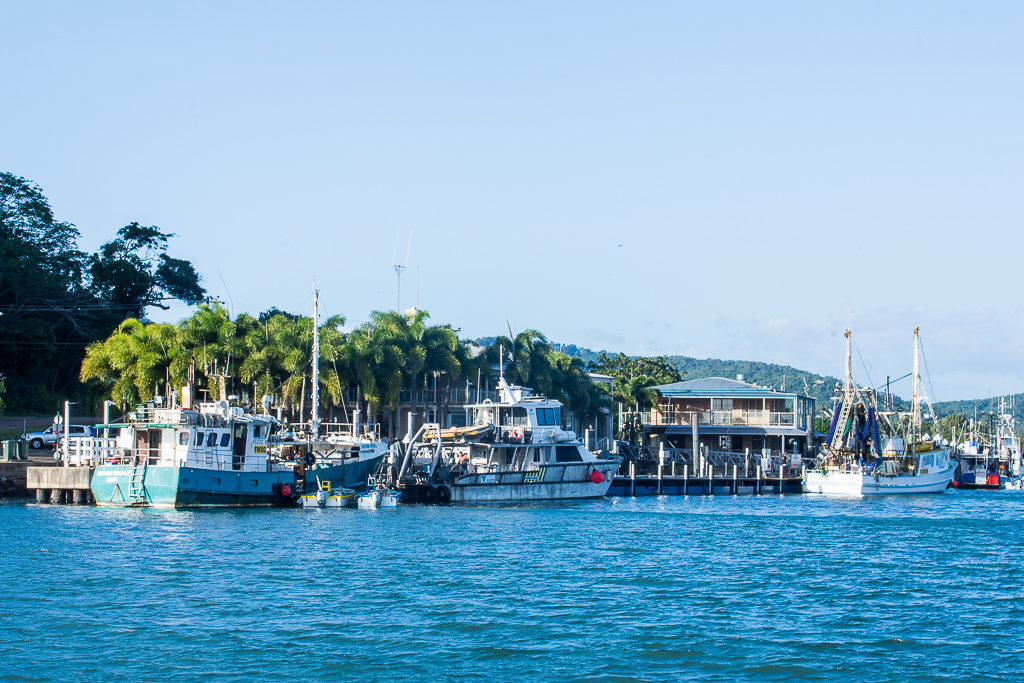
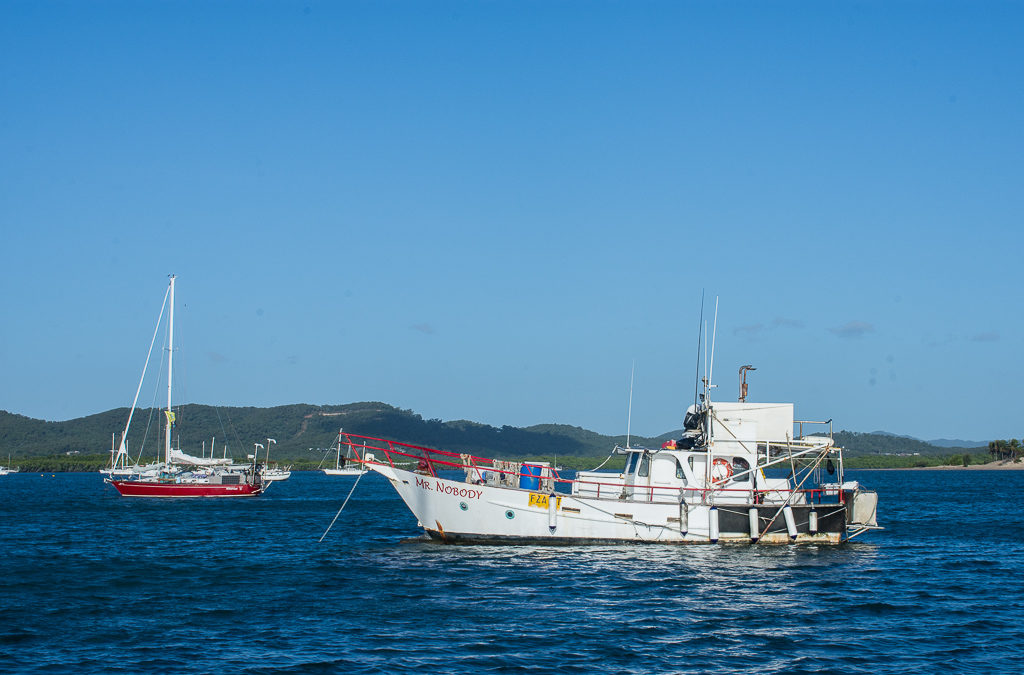
Cooktown is where Lieutenant James Cook beached his ship Endeavour after it had struck a nearby reef off Cape Tribulation, spending 7 weeks here whilst it was repaired.
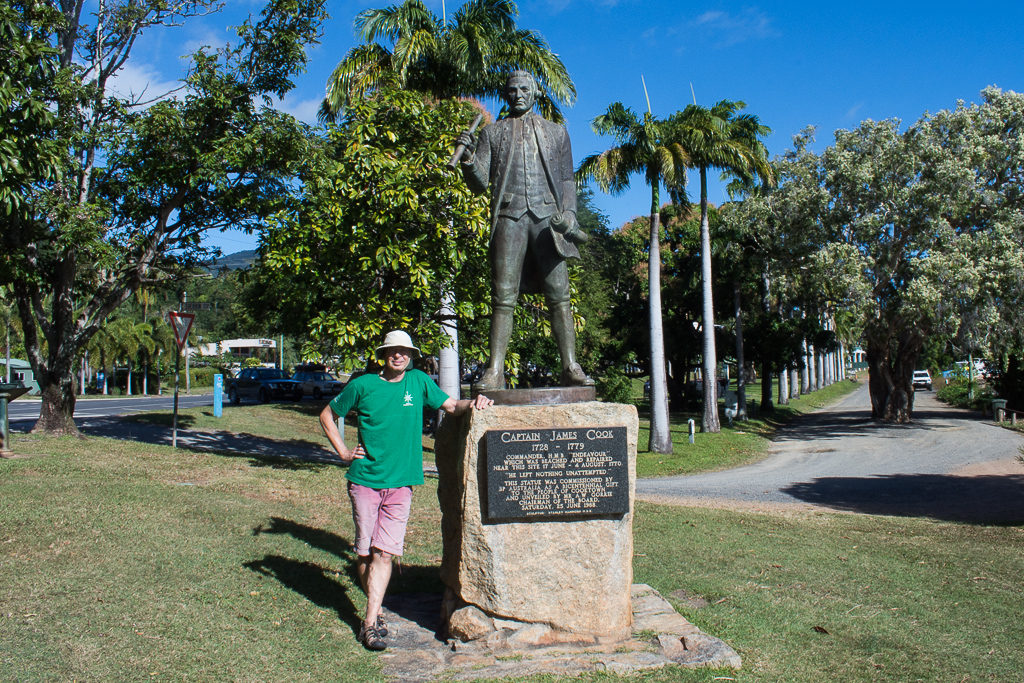
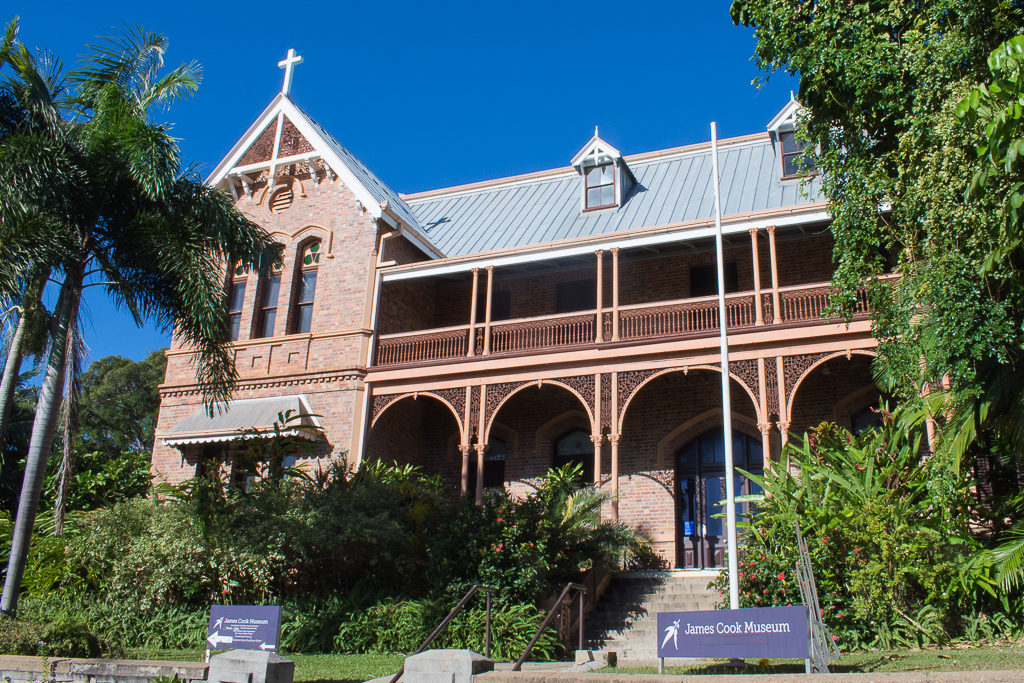
In the James Cook Museum there is a display of diary entries by Cook and his officers as well as the fictitious reaction of the Indigenous people to them. What appears to have initially been an harmonious encounter turned sour when the Endeavour refused to share some turtles they had caught. There is also a cannon and anchor from the Endeavour, brought up from the sea floor in 1971, and part of the original tree to which Cook tied his ship after running aground!
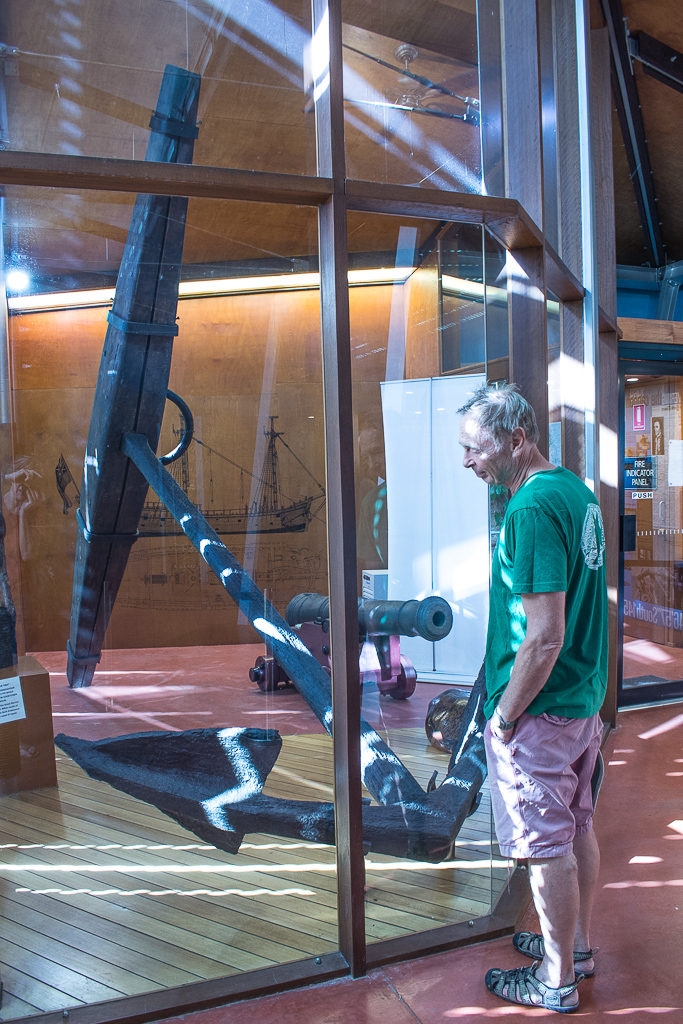
We had a lightening look around Cooktown which is fortunately a small place – the wide main street has some beautiful 19th century buildings.
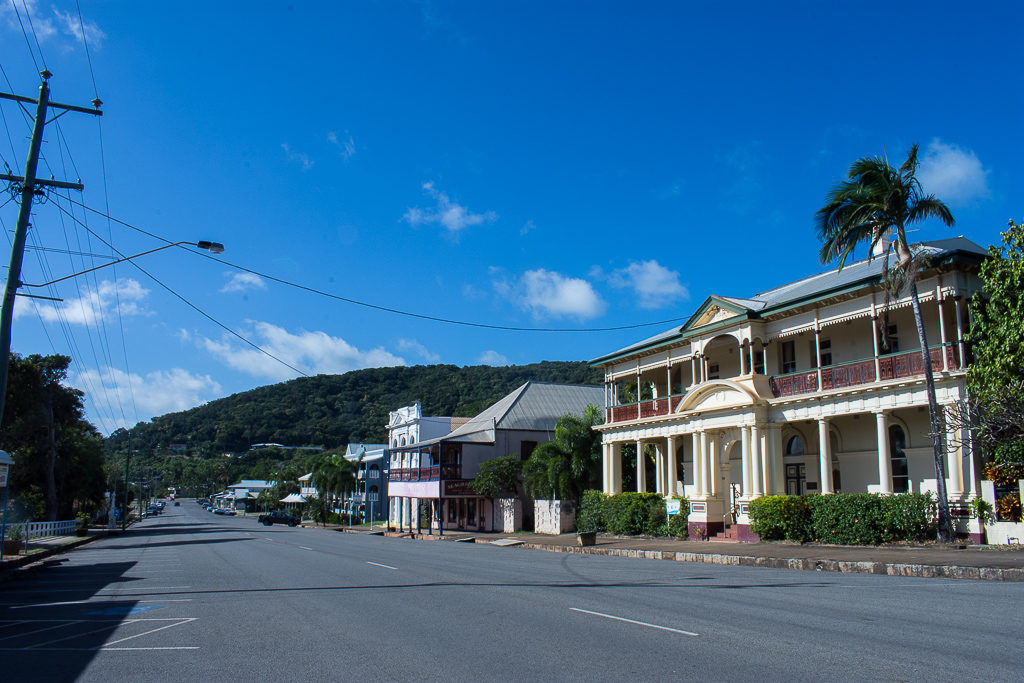
After the James Cook Museum we made a quick visit to the IGA supermarket grabbing some extra fruit and veg, then round the Botanical Gardens with huge old trees and plants, before collapsing in a café on the harbour for fish and chips. Here a crowd had gathered to watch the daily feeding of six massive groupers, one alpha male and five females all about five foot long, which lurked in the murky waters and grabbed fish heads being wafted in front of them.
After a couple of nights in Cooktown we pushed on towards Lizard Island, stopping for a night en route in Cape Flattery Bay. The coastline here is low lying with massive white sand-hills extending along the coast and in the next bay along we could see the works for a silica sand mine and a loading jetty extending out to sea. We dropped anchor just off a sandy beach backed by dense trees amongst which were some encampments and 4WD vehicles with people playing on the beach and fishing – a remote and beautiful camping spot.
During the day we had passed a massive cargo ship, the MV Ocean Drover, the world’s largest livestock carrier, capable of transporting 75,000 sheep or 18,000 cattle to markets around the world (which include the Middle East and China).
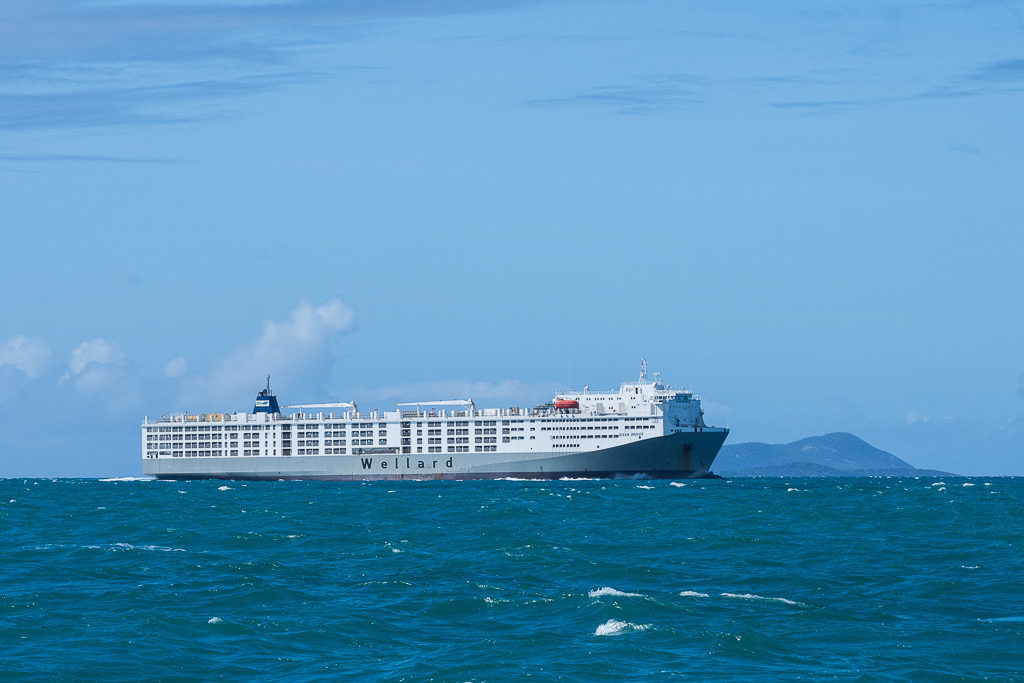
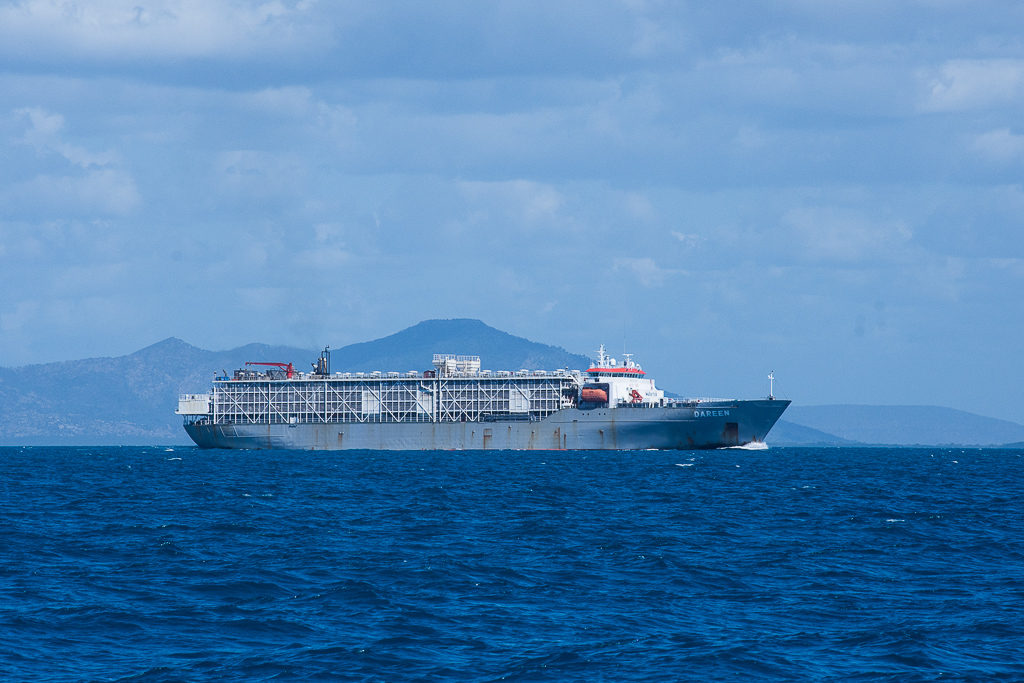
A few days later we passed another of these ships, MV Dareen, heading north on a ten day trip to Vietnam, carrying 4023 cattle as I was told when I called them up on VHF to express my opinion (very politely) about this cruel trade. It is horrendous that profit is placed above the suffering of these animals. I have found an organisation that campaigns against the transportation of livestock in this way but am not sure what else we can do apart from sign their petition and eat less meat. Hugh has already given up beef and drinks oat milk and we try to eat only free range meat. Vegetarianism is calling. The web address for the petition is www.animalsaustralia.org/take_action/petitions/ban-live-export/ if you’d like to sign too.
Lizard Island is a popular stopover for cruising boats, so popular that two Australian boats had been here for six weeks and intended staying for another two. Quite a few rally boats were already here and more arrived over the two days that we were at anchor. We were invited for sundowners on board Storm Petrel having initially met Joe and Claire in the Whitsundays. There is an ultra-exclusive resort on the next bay along from the anchorage, out of bounds to yachties apart from the Marlin Bar in one corner of the resort, to which we went the next evening with a group of cruisers.
Like so many places around here Lizard Island was named by Cook. He climbed to the top of the hill to look for an opening in the Barrier Reef through which he could sail Endeavour to the open ocean. We climbed the track up from the bay to Cooks Lookout, picked up emails using the mobile phone signal only available at this highest point on the island, signed the visitors’ book and admired the view.
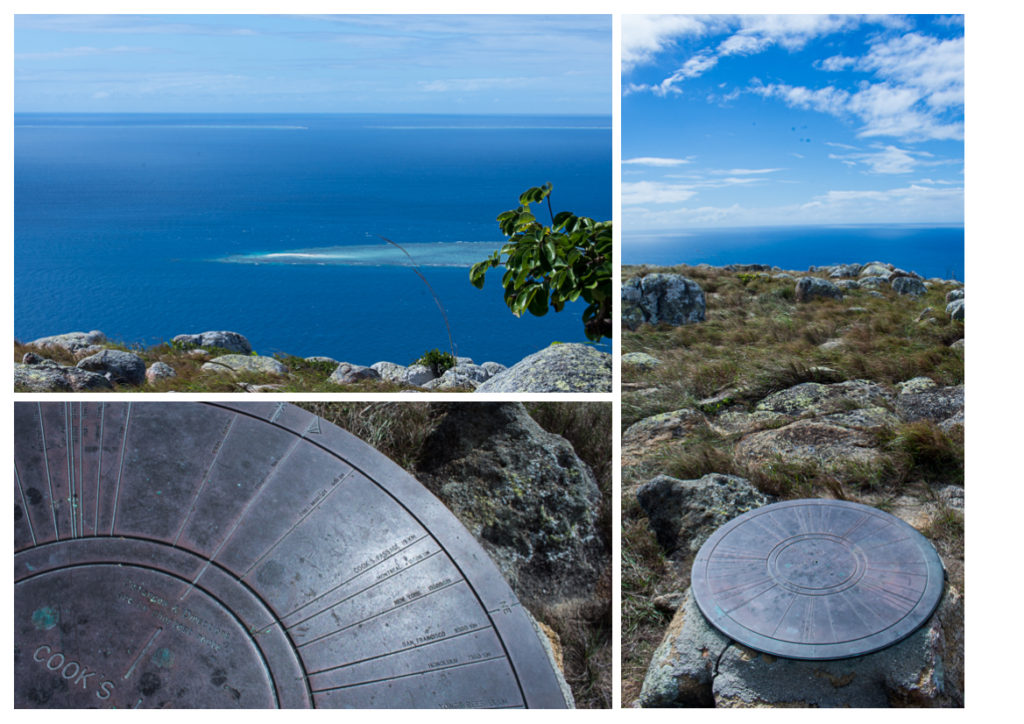
Keen to get going we left Lizard Island at 3am after two nights here and by late afternoon we had rounded Cape Melville, anchoring in Bathurst Bay where massive granite boulders were piled up.
Another rally boat, Satori Two had arrived at much the same time and Rusty came across and gave us tuna that they’d caught on passage, which we had for supper just fried in butter. Delicious.
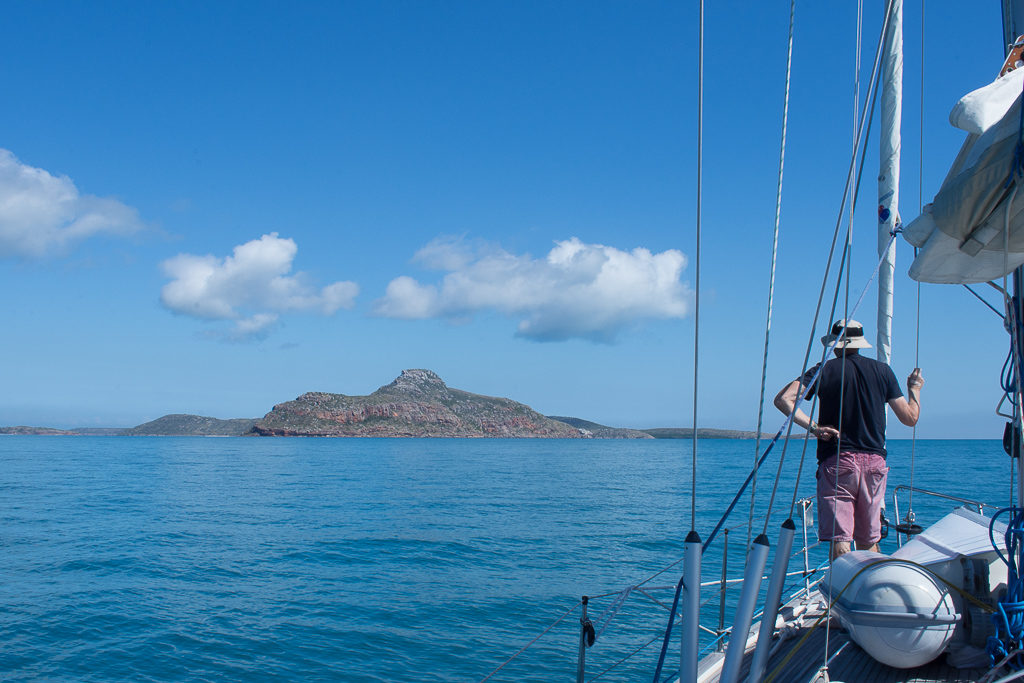
The next morning we continued on to nearby Stanley Island and went ashore to see Aboriginal cave paintings, signing the guest book.
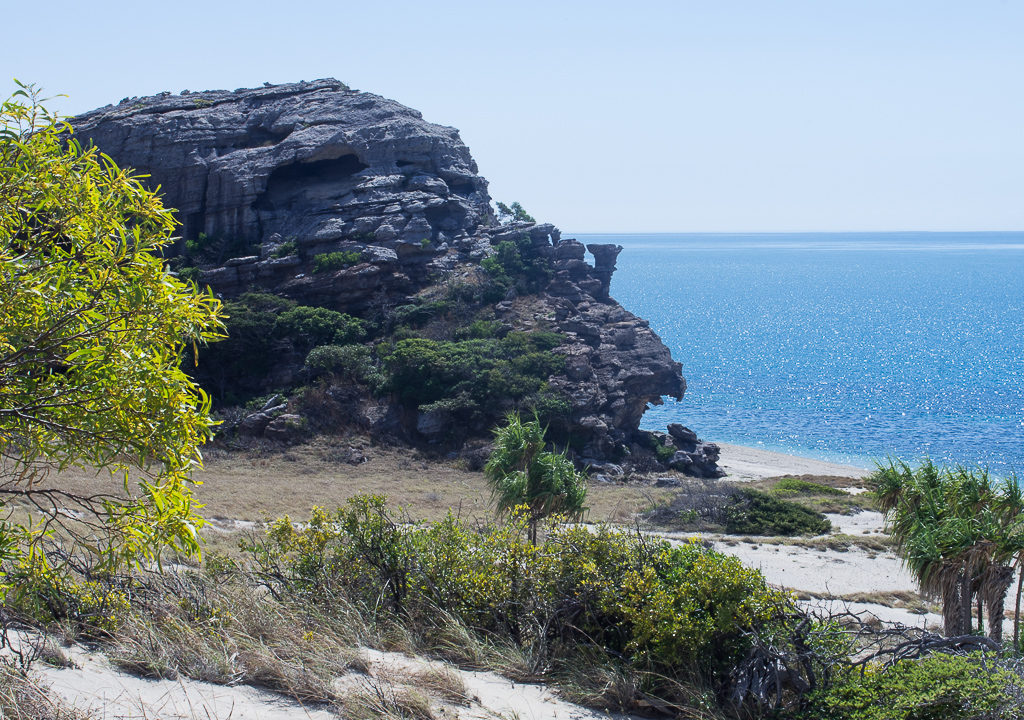
Here the barrier reef lies close to the mainland with a maze of shallow reefs, a few islands with protected anchorages and two well marked major shipping channels running from north to south. We decided to take the shorter, outer channel known as Lad’s Passage and do an overnight sail on to Portland Roads, a small settlement on the Cape York peninsula.
At Portland Roads we went ashore with Ed and Debra from Windrose. There is a small settlement here with a population of 8, a payphone and a café which gets most of its trade from the 4WD vehicles which tour the Cape York Peninsula. Despite our guidebook suggesting we might get mobile phone access here, after walking around holding our phones in the air we gave up and remained isolated from the outside world and Facebook until we got to Thursday Island. Three other rally boats had also stopped and Bronwyn and Patrick from Stella Australia came by with some of the mackerel they’d caught, a firm, white fish which was delicious stir-fried with the last of the carrots and green pepper in teriyaki sauce with noodles.
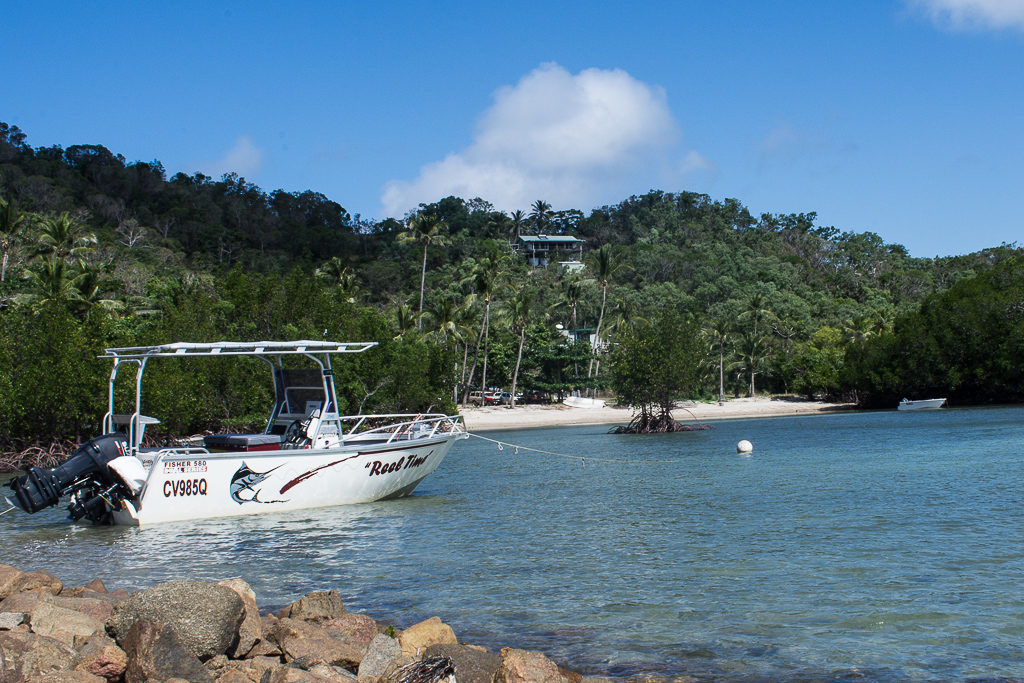
Continuing north the next day and night we hugged the outside of the shipping channel to avoid interfering with the cargo ships, often calling them up to make sure that they were aware of us and happy with our course, but as much to break up the tedium of a long night. By mid morning we reached Escape River and, somewhat apprehensively, crossed the shallow bar a little after low tide. Continuing up the river, avoiding rafts of pearl buoys, it felt quite tropical, with palm trees on the sand spits and dense mangrove fringing the river. We were delighted to be joined by Marina and Mike on Te Mana who we’d last seen soon after leaving MacKay over six weeks ago and who’d been ahead of us all this time. We had a good catch up but our paths will diverge as they will be sailing across the Gulf of Carpenteria towards Darwin. They brought us huge steaks of mackerel and tuna that they had caught so tonight’s supper was fish with onion in coconut milk whilst feeling very fortunate to have such generous friends who enjoy fishing!
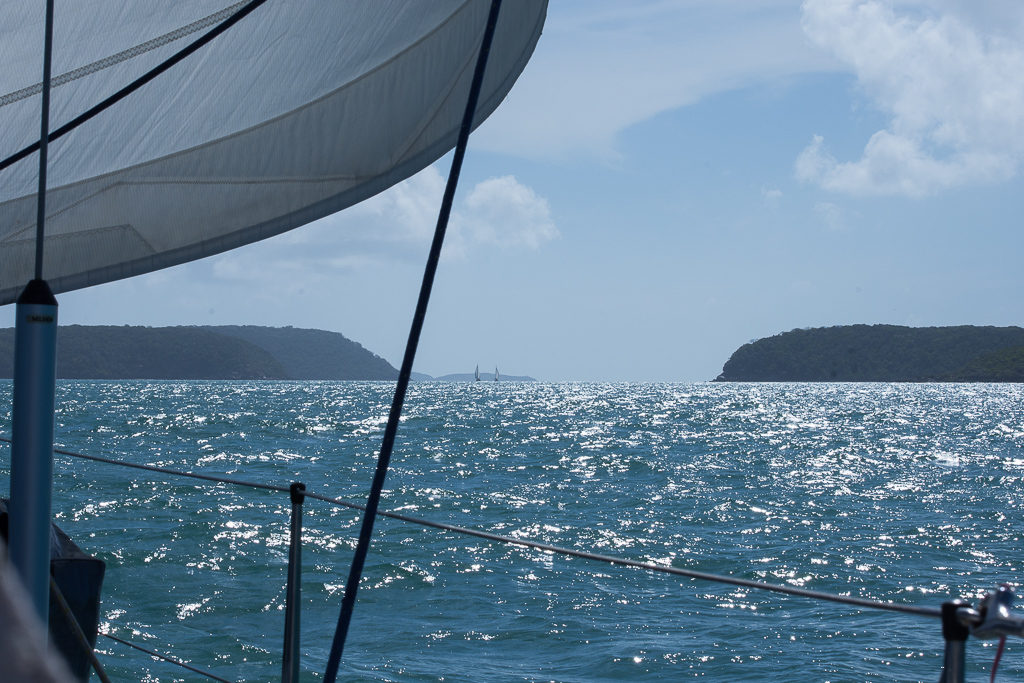
The following morning we continued on up the coast, following Te Mana and Storm Petrel through the Albany Passage to anchor in the bay at Cape York.
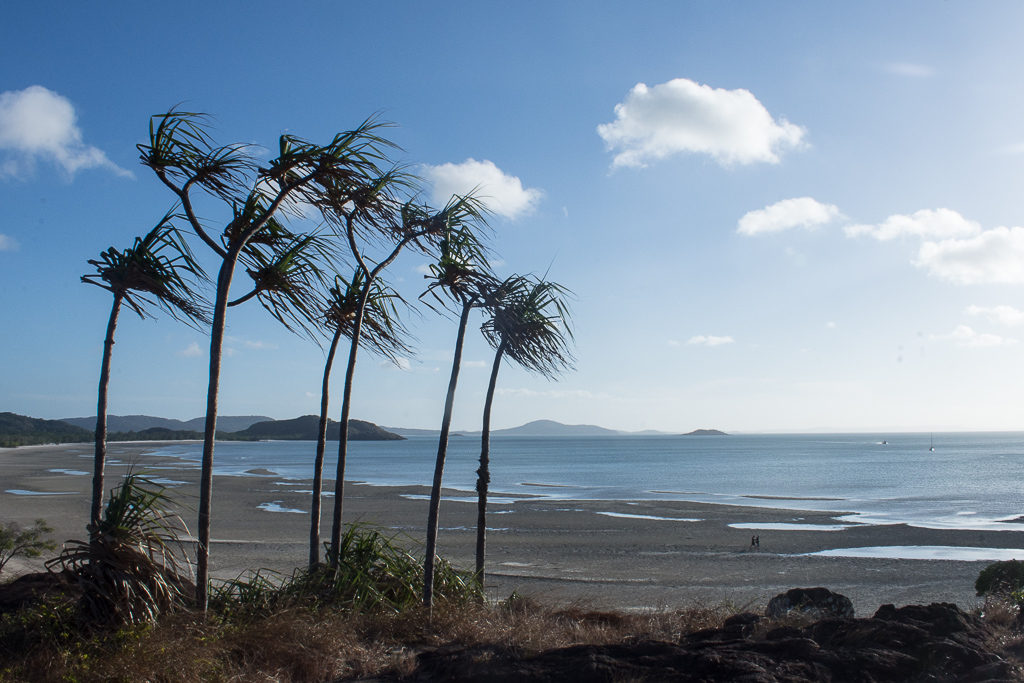
We went ashore with Joe and Claire from Storm Petrel to stand at Cape York, the most northerly point of the Australian mainland.
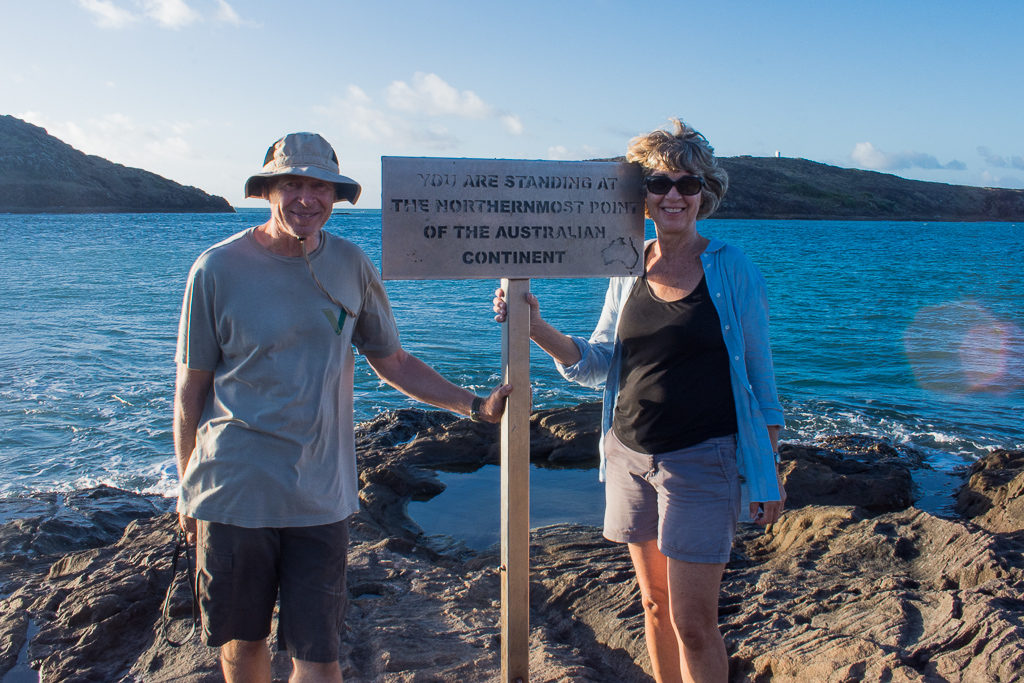
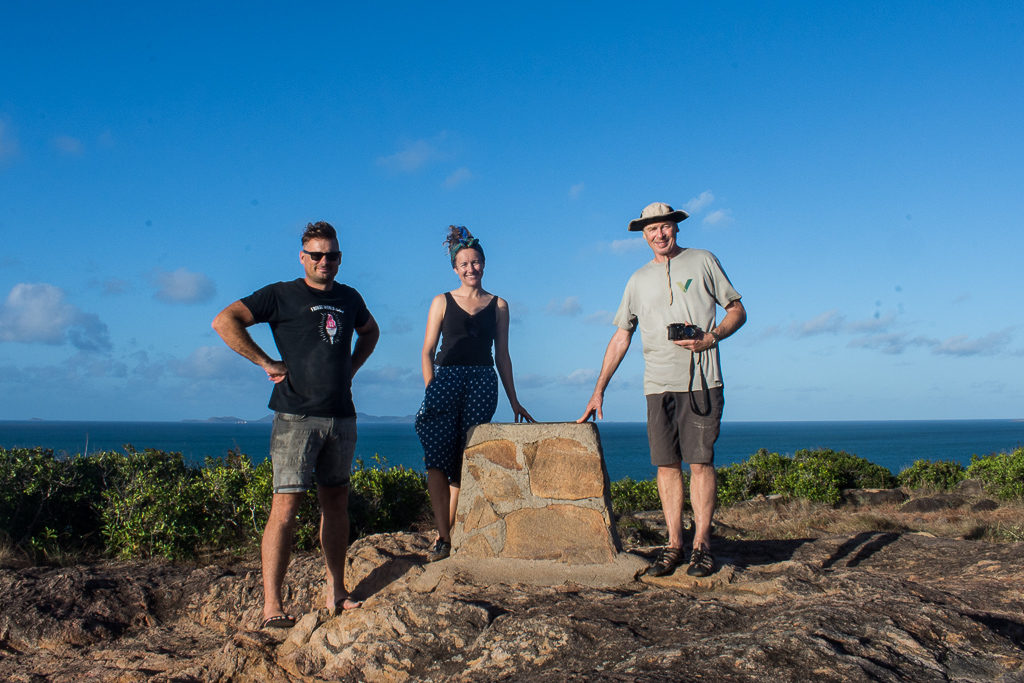
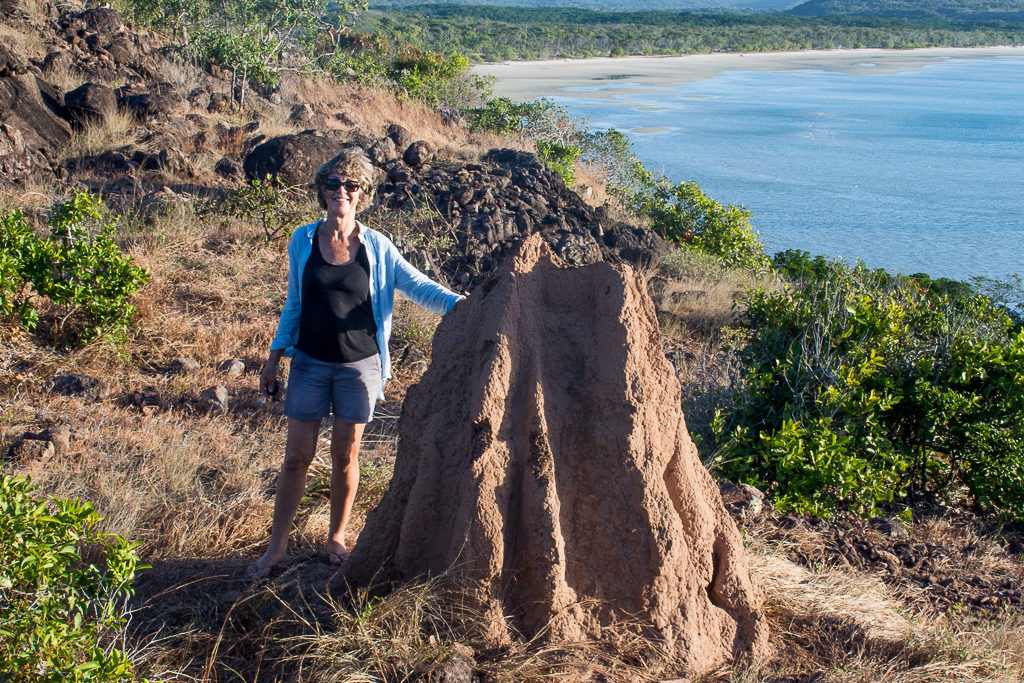
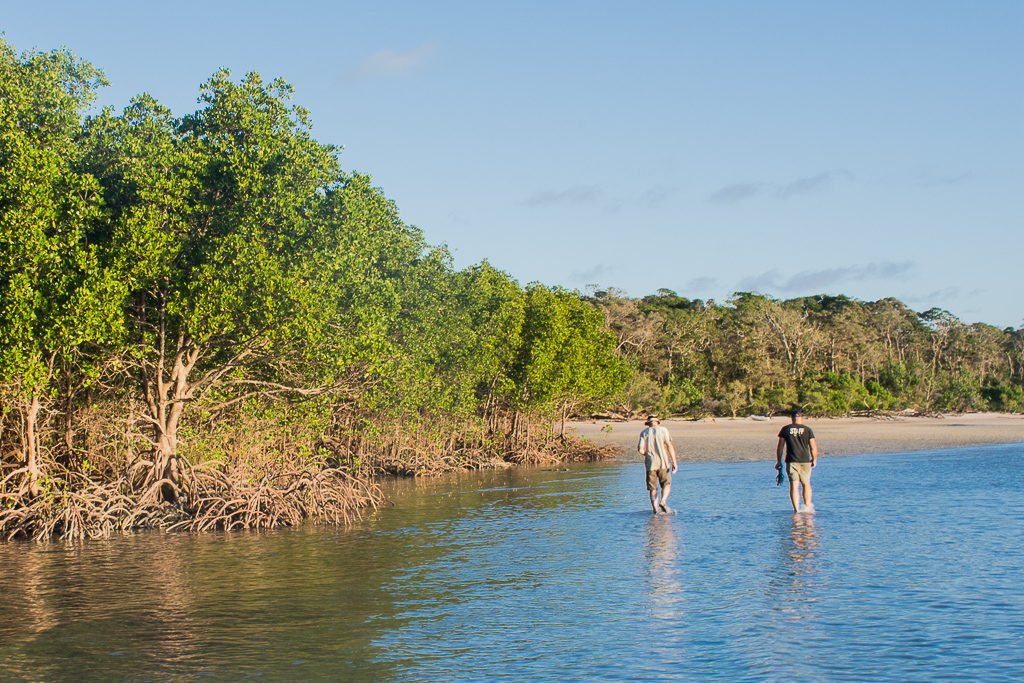
Thursday Island
From Cape York it was an easy 20 mile sail to Thursday Island, passing Wednesday Island on the way. There are also Tuesday, Friday, Saturday and Sunday Islands (but no Monday Island) named by Bligh as he passed in his longboat having been cast adrift from the Bounty 2,500 miles away in Tonga.
There were a mass of rally boats at the anchorage off Horn Island and it was a short ferry ride across to Thursday Island where the shops, laundrette and Australian Border Force office were situated. The GP practice was here too and Hugh had two worrying skin lumps chopped out. We await the histology.
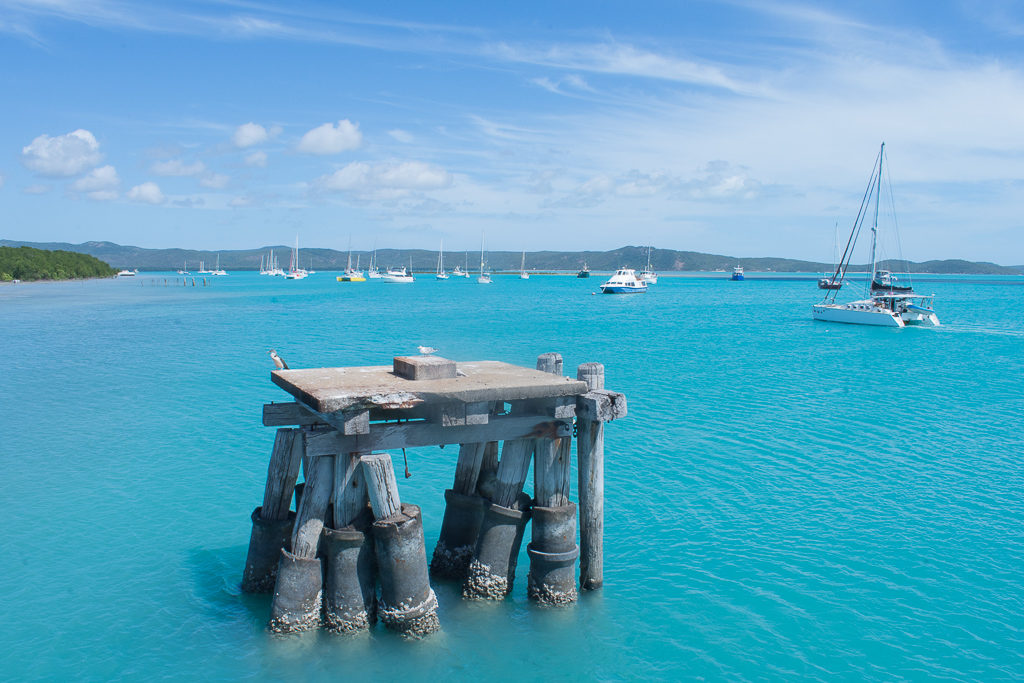
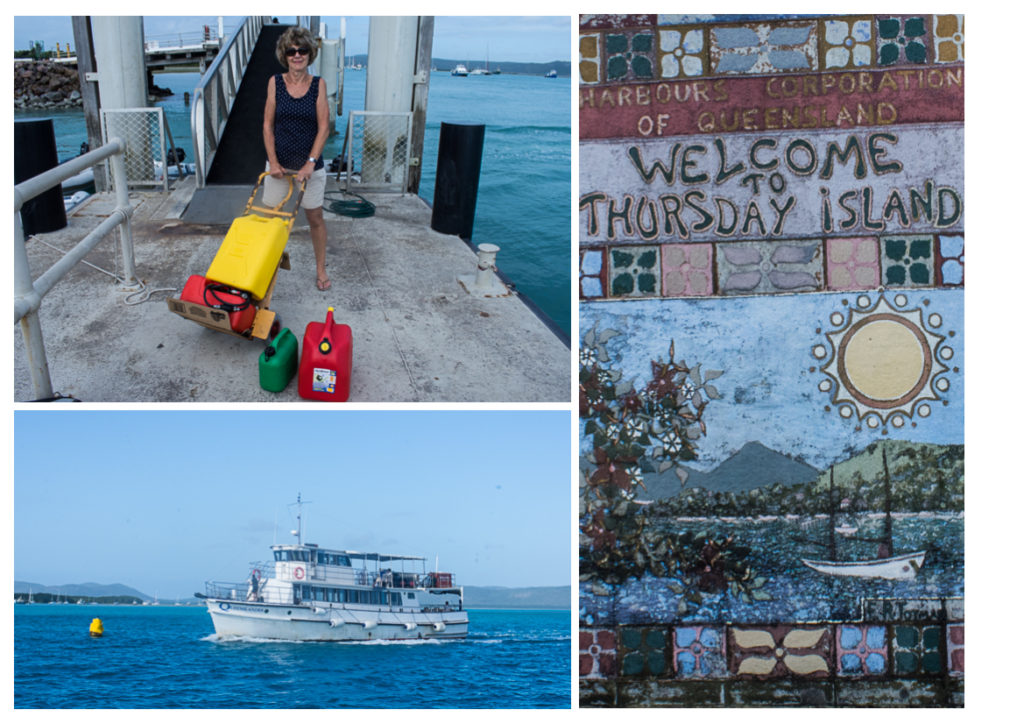
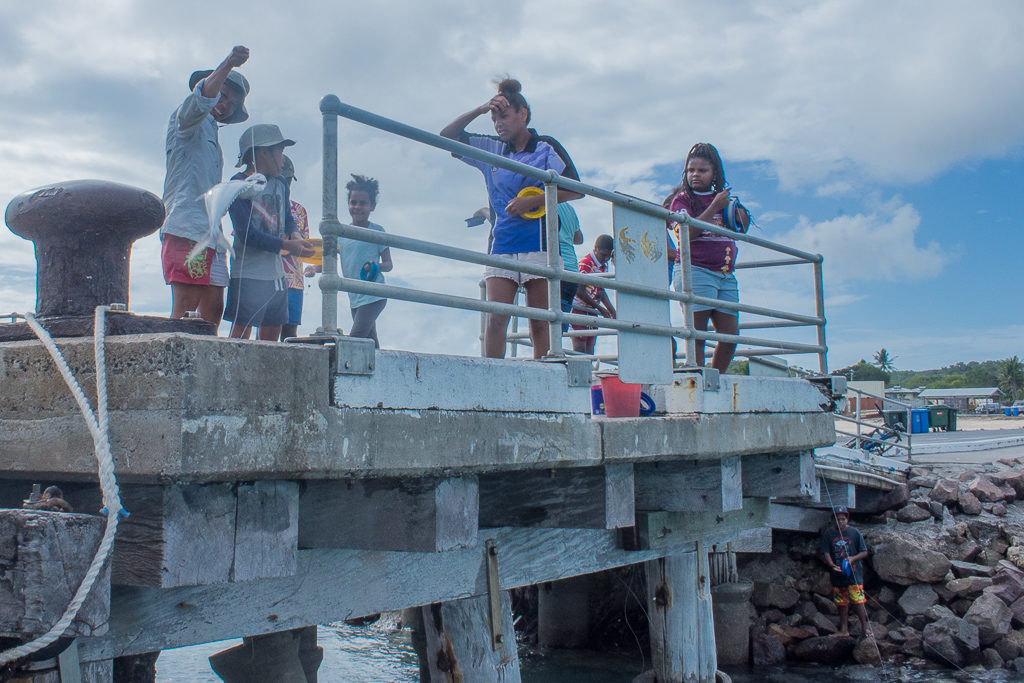
The indigenous people here are Torres Straits Islanders, Melanesians rather than Aboriginal. They were treated terribly by the European settlers and were forcibly resettled from Horn and Thursday Islands in 1922 onto one of the other islands in the Torres Straits, only returning after many of them fought in WWII. Despite this we found them to be friendly and relaxed, greeting you in the street and often falling into casual conversation. Much of the land here was returned to its traditional owners, the Kaurareg people, in 2001 and many work on Horn and Thursday Islands, but I read there are ongoing problems of identity and poor living conditions.
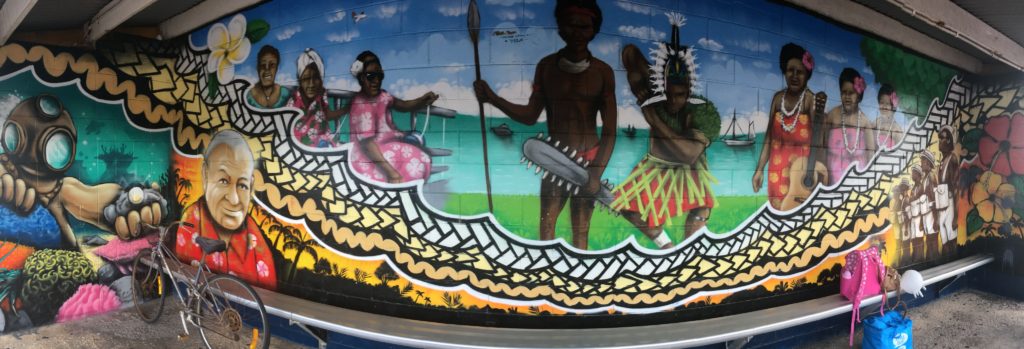
We got chatting to Martha whilst waiting for the ferry and she invited us to the unveiling of her mother’s headstone the next morning. There were about 100 family members attending with prayers, singing and dancing. Martha runs a bakery in Brisbane and her extended family are a mix of Torres Straits Islanders, Aboriginal and European, and are Christians, the missionaries having arrived in the Torres Straits in the 1870s. We felt very privileged to be able to attend this traditional ceremony and were the only cruisers there.
At last, after being in Queensland for four months, we saw a salt water crocodile. It was sunning itself on the muddy banks near where the yachts were anchored but slithered into the water before we could get very close to it in the dinghy… we weren’t sure whether it was timid or thought we’d make a good breakfast so we quickly headed off. They are now a protected species as they practically disappeared in the 1960s due to over-hunting. Since the ban on shooting them in 1970 their numbers have dramatically increased, so it is no longer safe to swim in most river estuaries and inshore waters in Northern Queensland.
I joined a tour round Horn Island to look at WWII sites. We drove past the airfield which played a strategic part in the war, with both Australian and US planes based here, and walked around the trenches and gun pits and machine gun posts built as part of the defence against Japanese planes. There was a sizeable Japanese population here leading up to the war, many working as pearl divers, and they were largely interned during the war.
A final visit to the supermarket and we checked out of Australia at the offices of the Australian Border Force, who were surprisingly relaxed and friendly…. ‘just send us an email when you eventually leave’. Time to get going for Indonesia and at 9 am the next morning we headed off with a group of 15 other yachts for the 700 mile journey west.
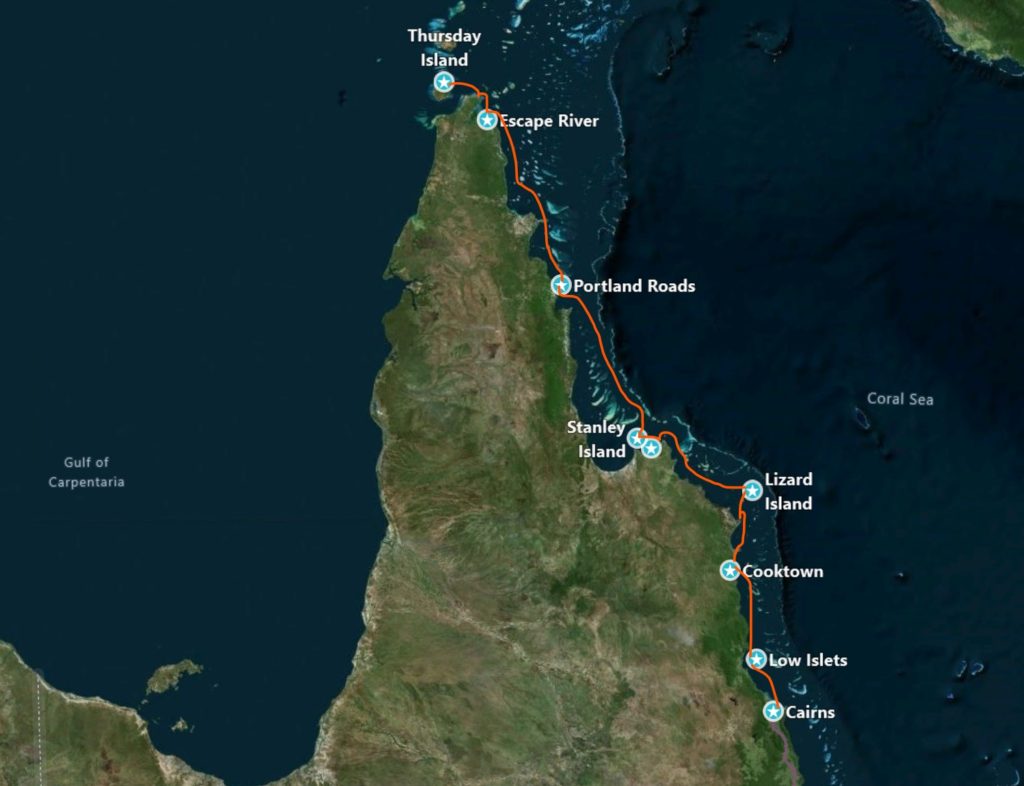
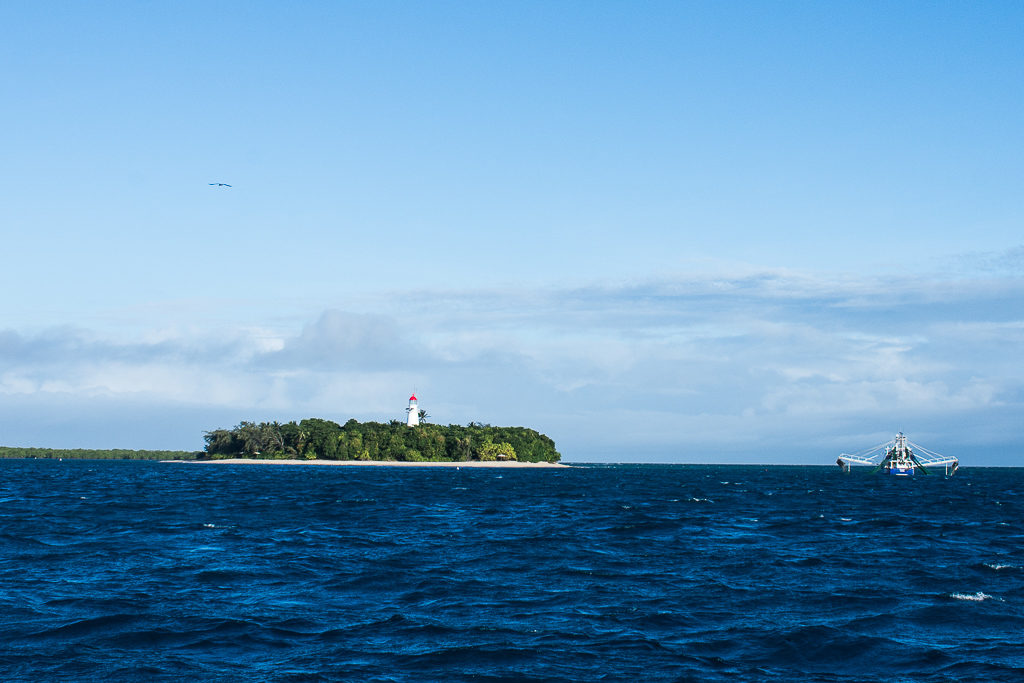
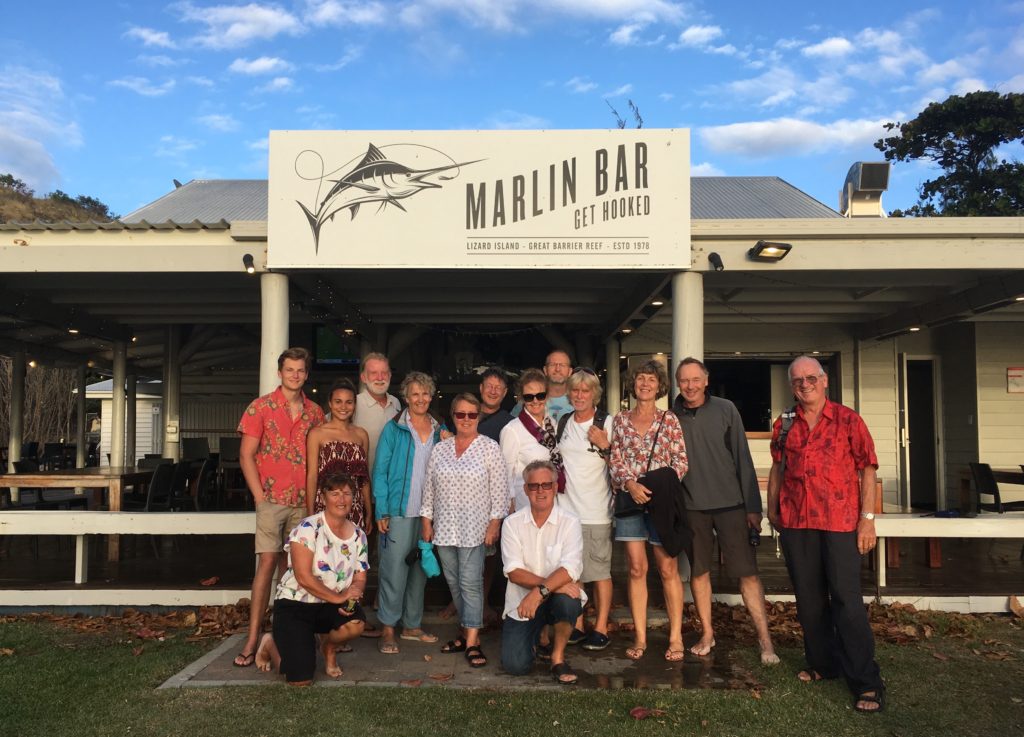
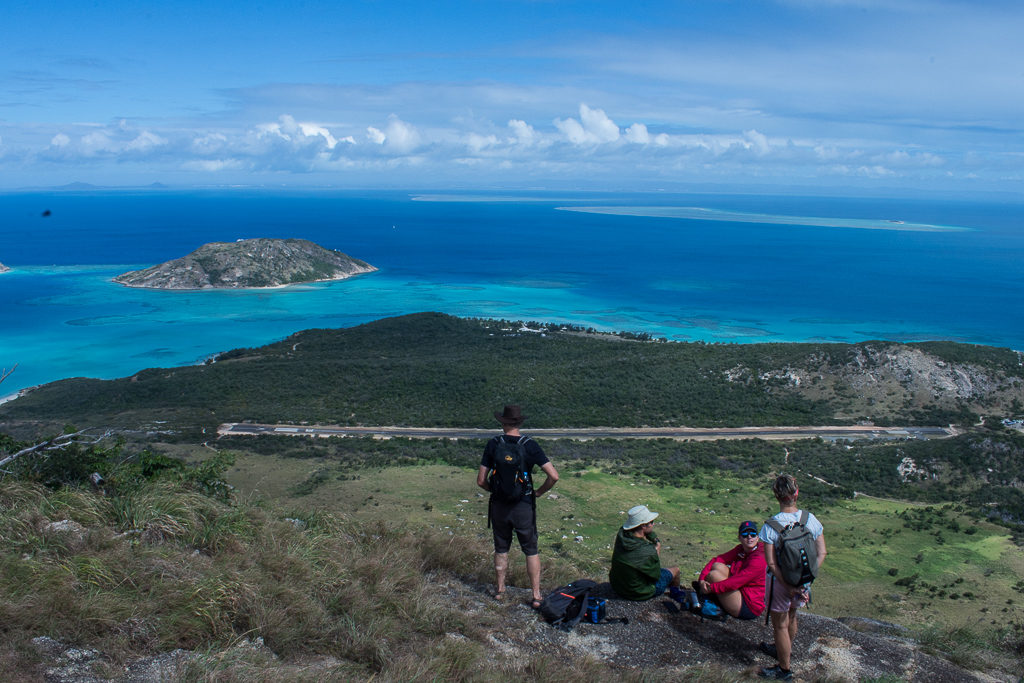
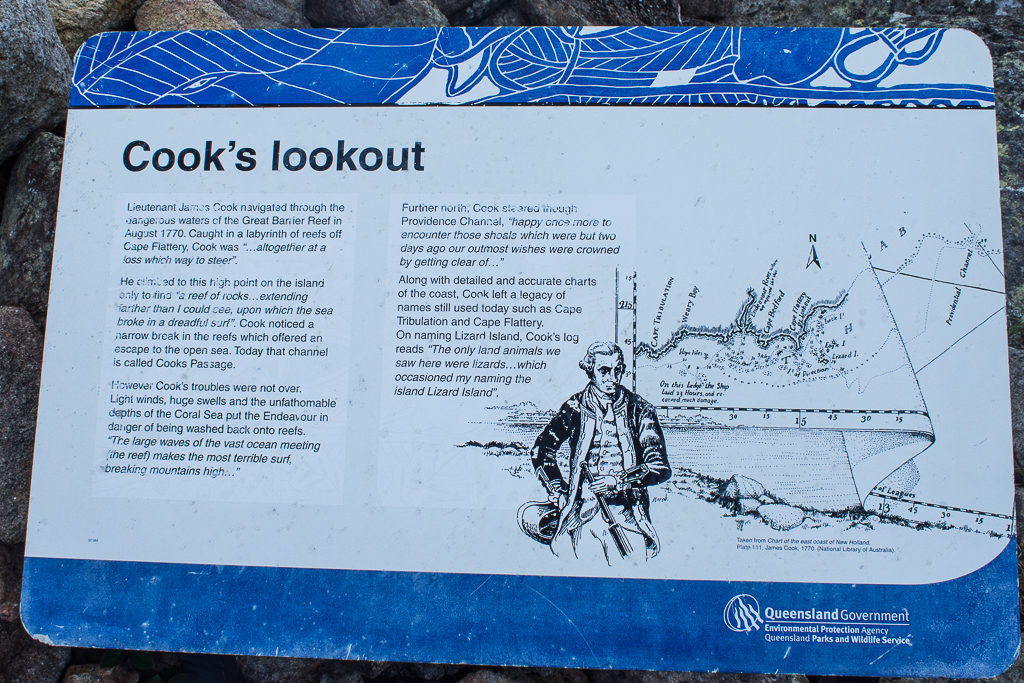
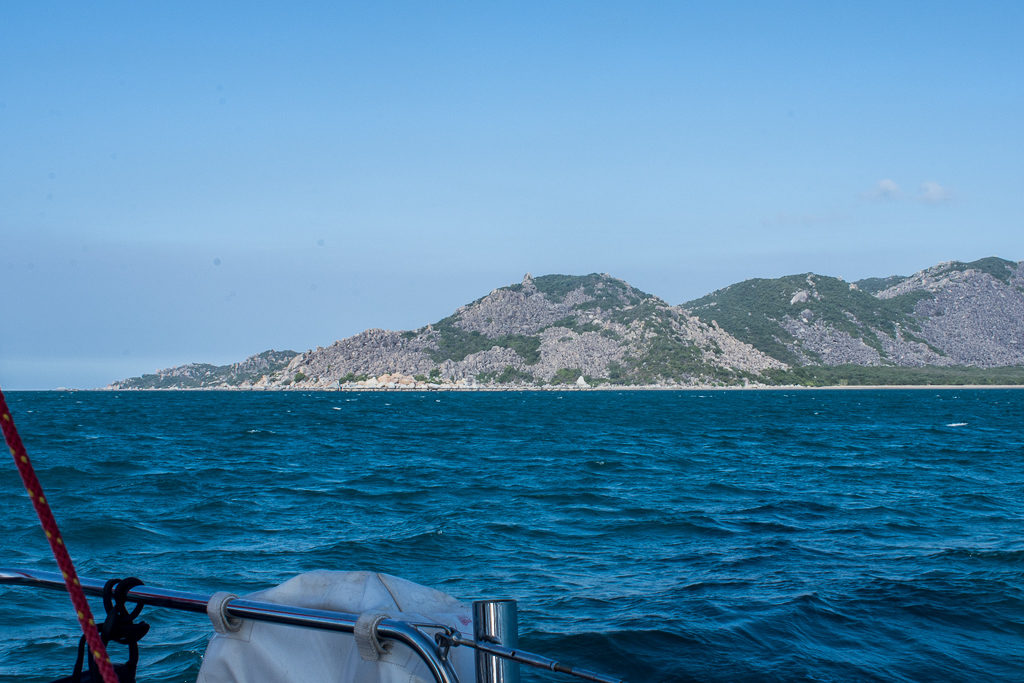
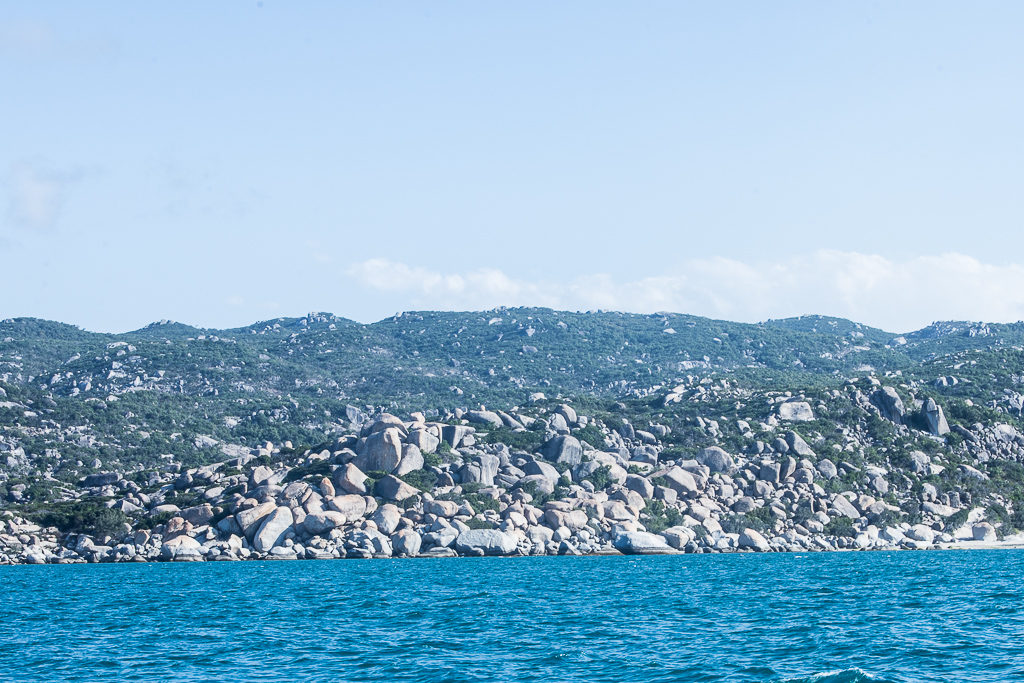
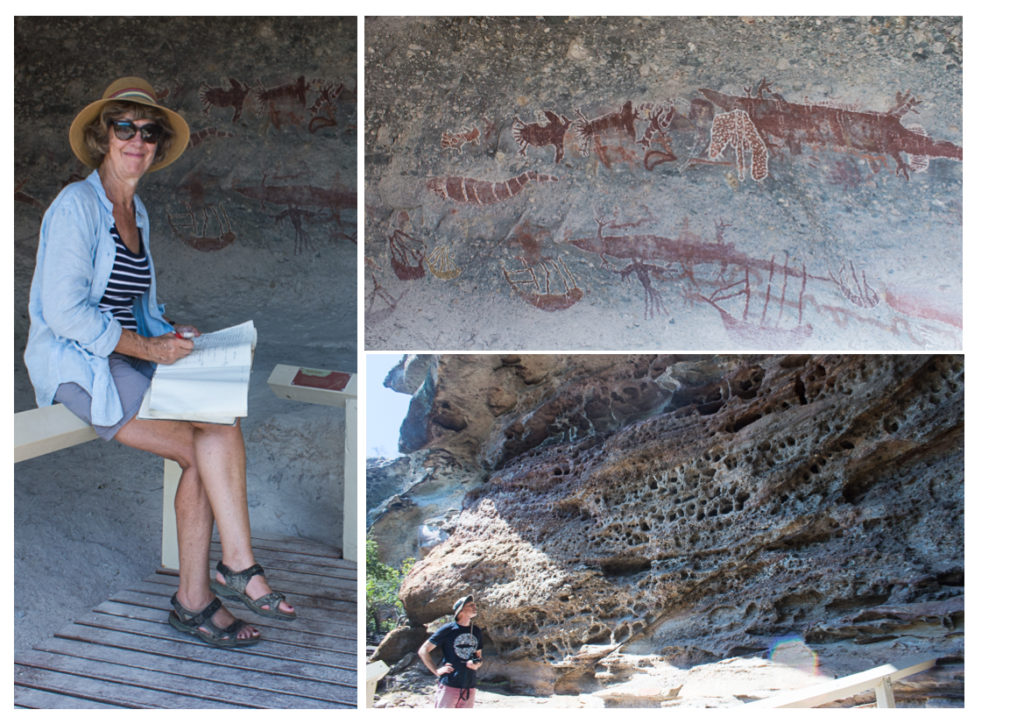
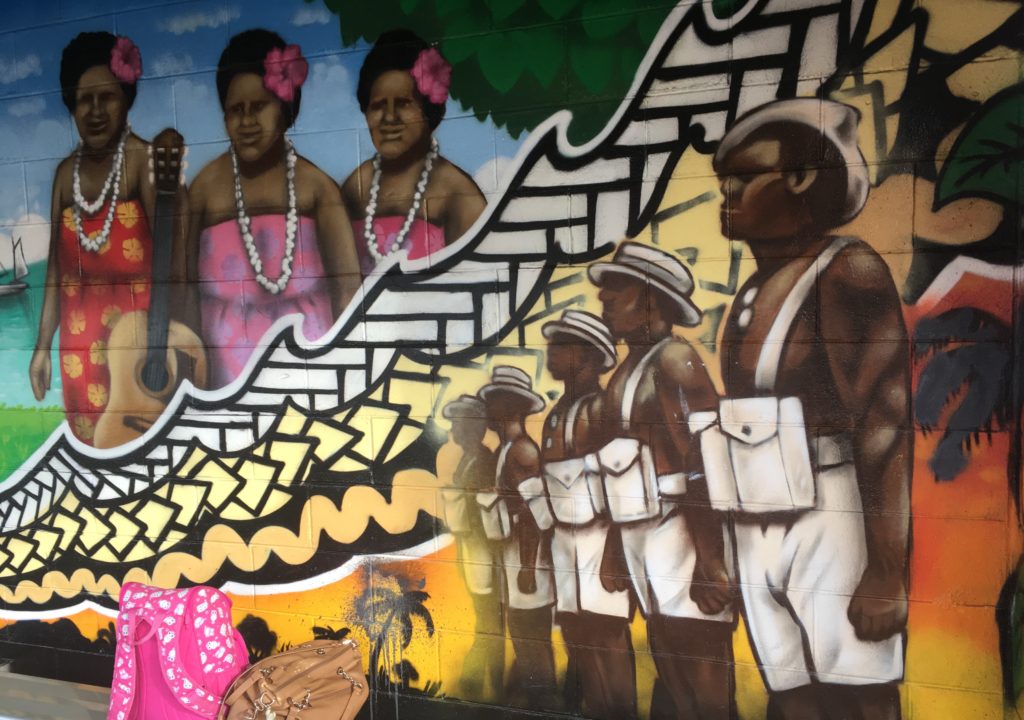
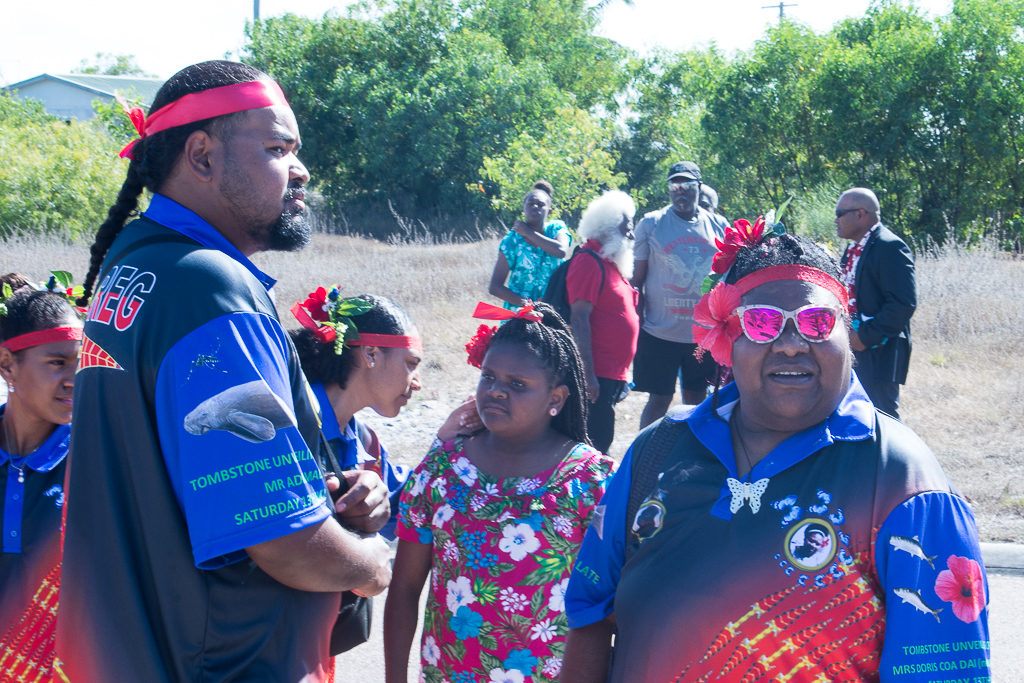
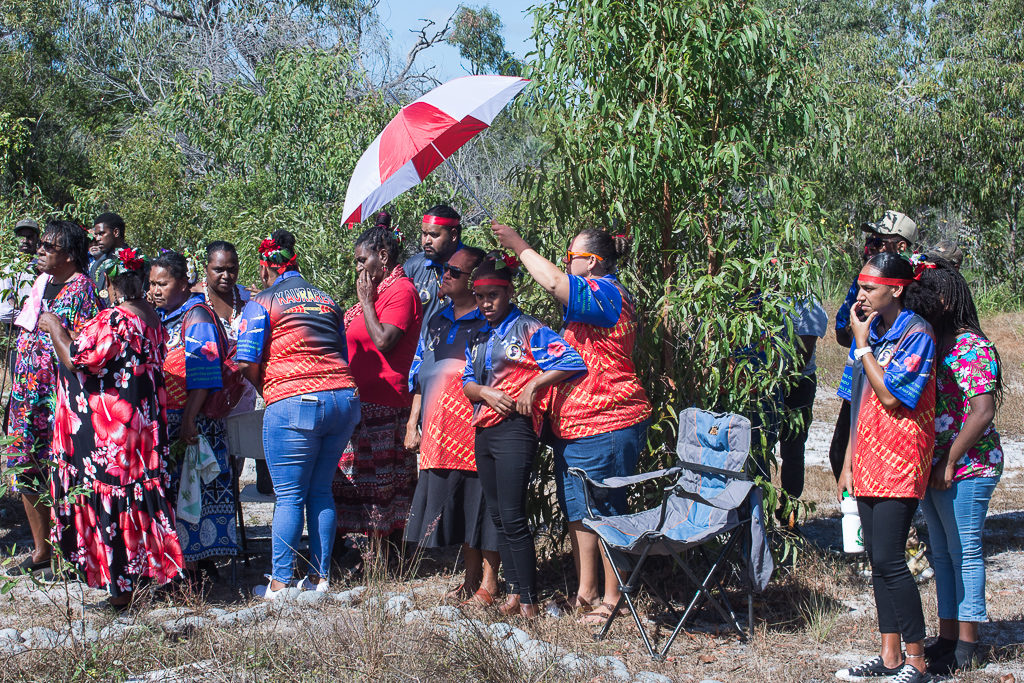
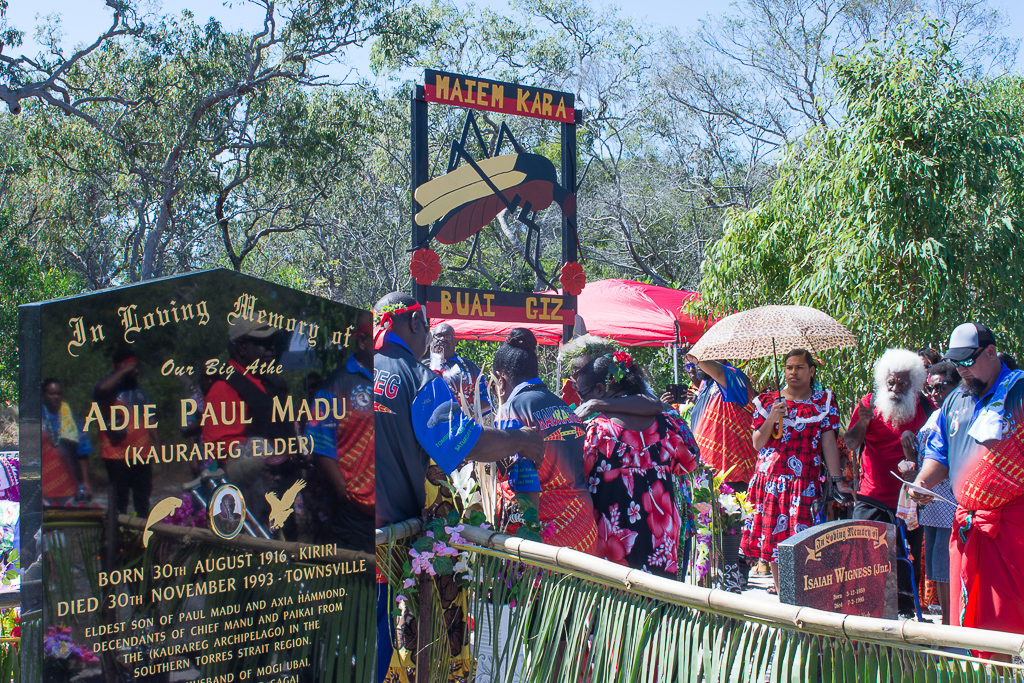
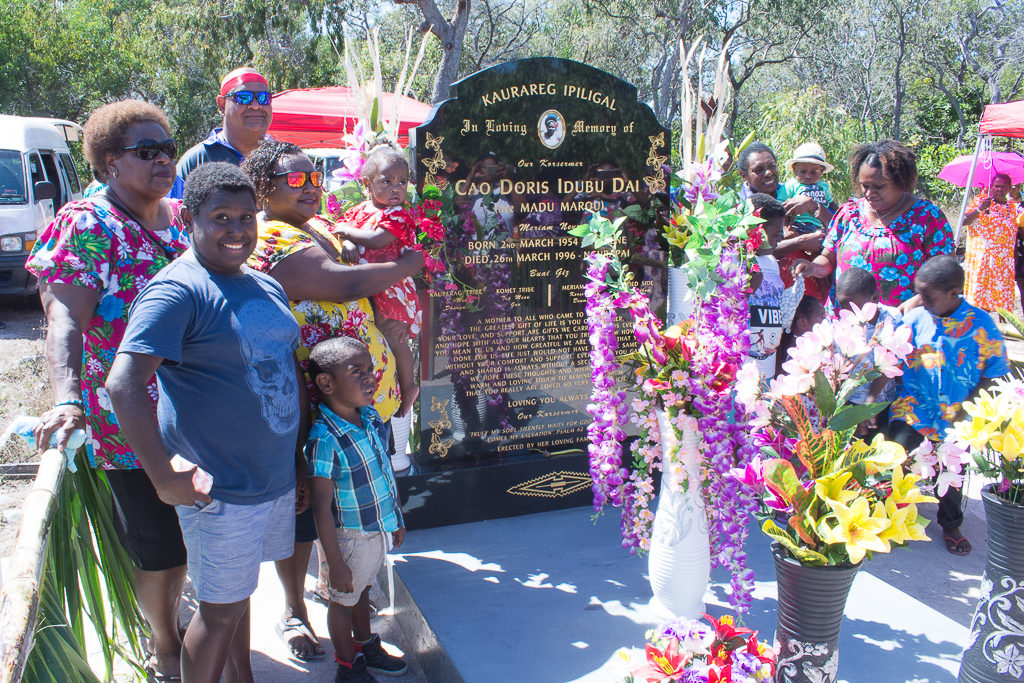

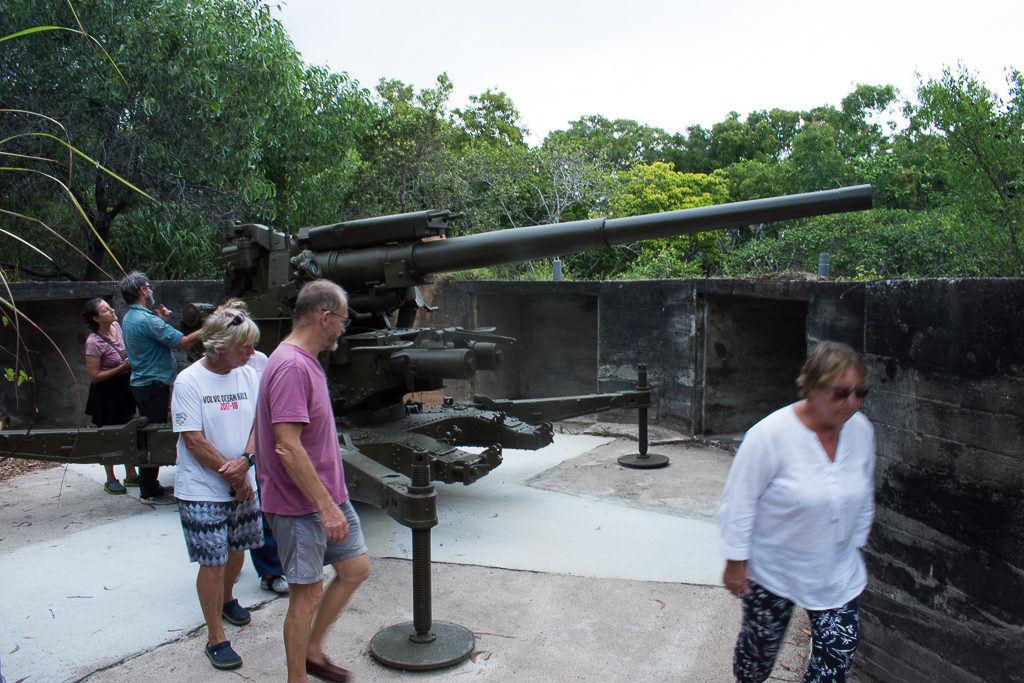
2 Comments
Judy Charlesworth
July 31, 2019 - 1:45 pmWe really enjoy your blog Annie. The photos are very descriptive. I specially enjoyed hearing about Thursday Island as my father was born there in 1914. His father was a missionary in New Guinea.
Paul Bayley
August 14, 2019 - 7:04 pmReally strange no Monday island, being where you are brings history a lot closer, Paul